Solenoid control valves are essential in fluid control systems, offering precise regulation and automation capabilities. This article will delve into various aspects of solenoid control valves, including their general application, maintenance, selection criteria, and finding reputable suppliers. Users can optimize their solenoid control valves’ functionality, performance, and longevity. Read More…
Solenoid Solutions manufacturers custom direct-acting 2 and 3-way solenoid valves and multi-valve manifolds for OEMs in the medical, appliance, transportation, power generation and industrial equipment markets.

Our solenoid valves are all tested in house following very strict quality guidelines. We opened our doors in 1936 and ever since then we have been committed to bringing top of the line products and customer service that cannot be beat!
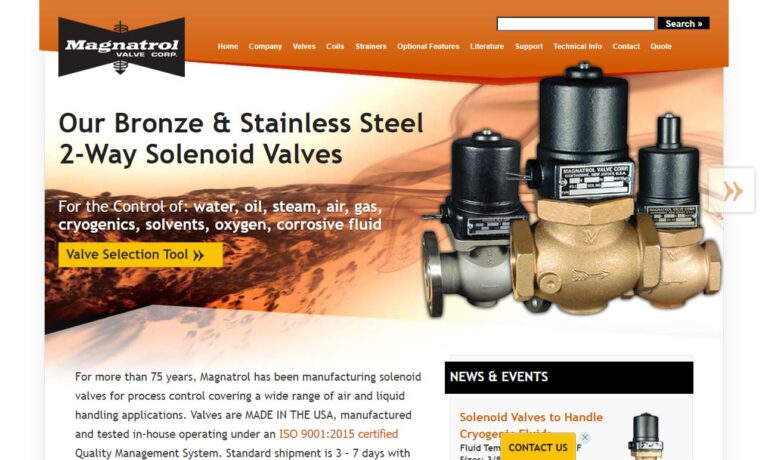
We are a specialized solenoid valve manufacturer. We also specialize in the design of solenoid valves and products like water valves, pneumatic valves, medical valves, in-line check valves and control components for liquids and gases. The aerospace and scientific industries depend upon our products.
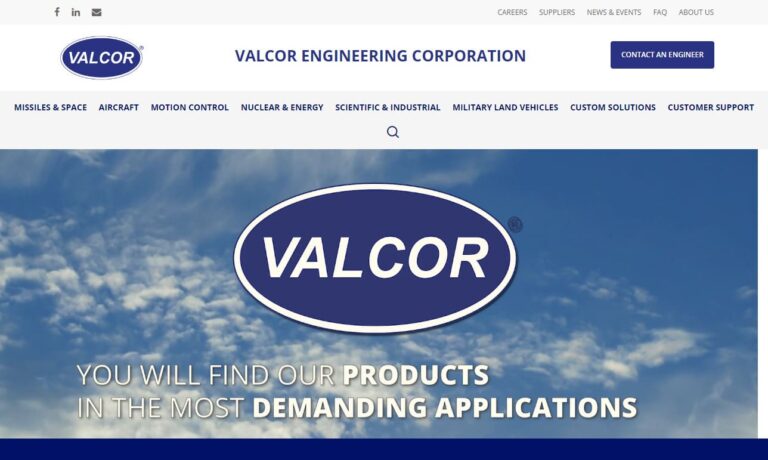
At Mac Valves, Inc. U.S.A., we are pioneers in the field of solenoid valves, proudly offering an extensive array of high-quality products designed to meet the diverse needs of our clients. Our comprehensive portfolio includes innovative solenoid valves that are integral to various industrial processes, ensuring reliability and efficiency across numerous applications. We specialize in delivering...
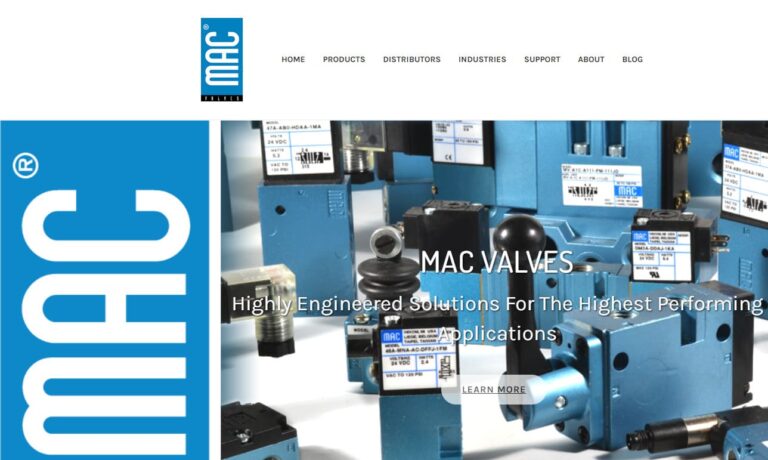
At Circle Valve Technologies, Inc., we excel in crafting precision-engineered solenoid valves that serve a wide array of industries with unparalleled reliability and performance. Our commitment to innovation and excellence drives us to continually refine and expand our product offerings, ensuring that we meet the diverse needs of our clients with cutting-edge solutions.
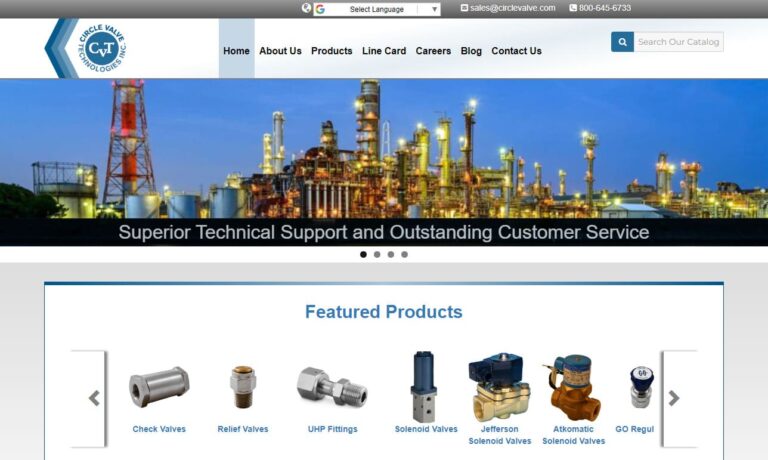
More Solenoid Control Valve Manufacturers
Applications of Solenoid Control Valves
Solenoid control valves are electromechanical devices that control fluid flow by opening or closing the valve passage in response to an electrical signal. Their applications span across industries such as manufacturing, oil and gas, water treatment, automotive, healthcare, and more. These valves regulate fluid flow rates, enable automation, and ensure precise control of various processes and systems.
Maintenance of Solenoid Control Valves
Regular maintenance practices are essential for optimizing the performance and extending the lifespan of solenoid control valves. This includes inspecting for leaks, cleaning or replacing filters to maintain proper fluid flow, checking electrical connections for security and corrosion, and lubricating moving parts to reduce friction. Protecting solenoid coils from environmental factors and electrical surges can be achieved by using protective covers or housings and installing surge protection devices. Troubleshooting common issues, such as valves failing to operate or erratic behavior, involves checking the electrical supply, inspecting the coils, and ensuring the valves are free from obstructions. By following these maintenance practices, solenoid control valves can deliver reliable and efficient fluid control while minimizing the risk of malfunctions or downtime, ensuring optimal functionality over an extended period.
Replacing Solenoid Control Valves
Over time, however, solenoid control valves may exhibit signs of wear and tear, indicating the need for replacement to maintain optimal performance and reliability. One common sign is frequent leaks around the valve body or connections, indicating worn seals or damaged components. Inconsistent or erratic flow regulation, such as the valve not opening or closing as intended or experiencing fluctuations in fluid control, indicates potential valve deterioration. Coil failure, characterized by the valve not responding to electrical signals or inconsistent operation, may also necessitate replacement. Additionally, if the valve sticks in either the open or closed position, it may no longer provide the desired flow control. Recognizing these warning signs is crucial to avoid potential system failures, inefficiencies, or safety risks. Monitoring the performance of solenoid control valves and promptly replacing them when these signs arise ensures effective operation for the long term.
Selecting a Solenoid Control Valve
Selecting the right solenoid control valve for a specific application is vital.. Several factors should be considered during the selection process. First, evaluate the compatibility of the valve with the fluid being controlled, taking into account factors such as chemical compatibility, viscosity, and temperature. Additionally, consider the pressure and temperature ratings of the valve to ensure it can handle the system's operating conditions. Assess the flow requirements, including flow rate and direction to choose a valve that provides necessary control. Valve size should align with the pipe diameter and the system’s flow capacity.
To make an informed decision, consult the manufacturer's specifications and technical data sheets, which provide detailed information on the valve's capabilities. Additionally, seek advice from industry experts or valve suppliers who can provide expertise and experience. By considering these factors and consulting with experts, one can select an appropriate solenoid control valve that meets the system's fluid compatibility, pressure, temperature, flow, and size requirements, ensuring optimal performance and reliable fluid control.
Consequences of Choosing the Wrong Valve
Choosing the wrong solenoid control valve for a specific application can have several undesirable consequences. One major consequence is compromised fluid control. If the valve is not properly sized or suited for the required flow rate, pressure, or temperature of the system, it may result in inadequate or excessive fluid flow. This can lead to inefficiencies, poor performance, or even damage to the equipment or process being controlled. Additionally, using a valve that is not chemically compatible with the fluid being controlled can cause corrosion, contamination, or leaks, jeopardizing the system's integrity and potentially leading to safety hazards. Inadequate sealing or valve response can, additionally, result in fluid leakage, loss of control, or even system failures. Furthermore, selecting a valve that cannot withstand the operating conditions, such as high pressure or temperature, may result in premature wear and frequent maintenance. Carefully consider the application requirements and select a solenoid control valve designed to handle fluid, operating conditions, and performance demands.
Choosing the Right Solenoid Control Valve Company
To ensure the best result when purchasing solenoid control valves, compare several companies using our directory of solenoid control valve companies. Each solenoid control valve company has a business profile page highlighting areas of experience and capabilities. Each profile has a contact form to directly communicate with the company for more information or to request a quote. Review each company’s website using our patented website previewer to quickly learn each company’s specialty. Then, use our simple RFQ form to contact multiple solenoid control valve companies with the same form.



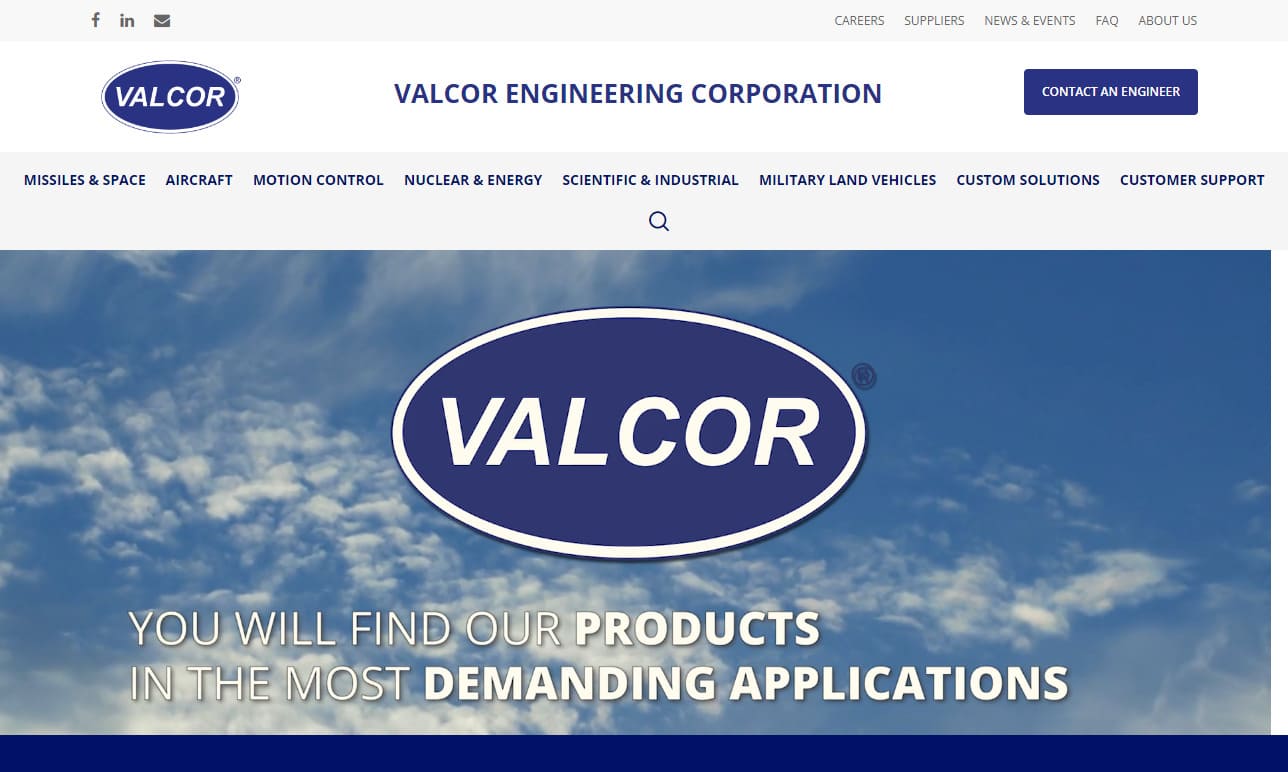
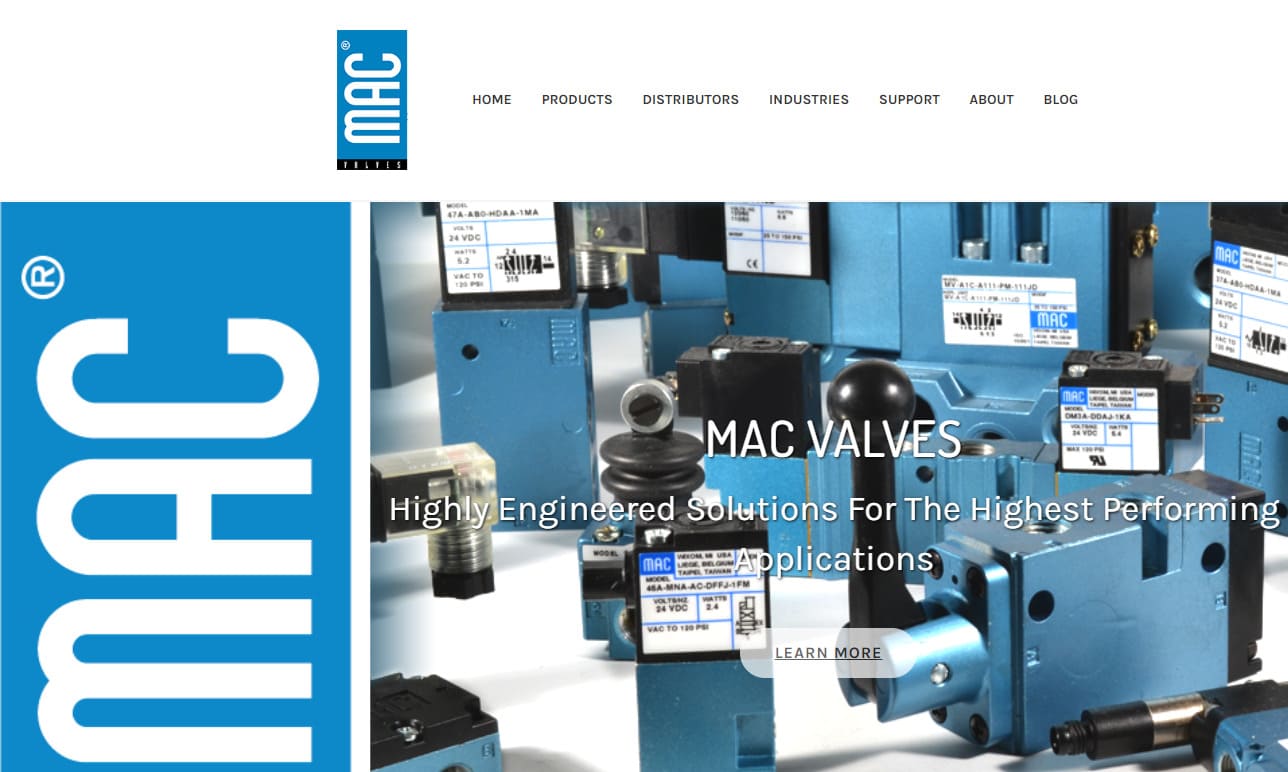

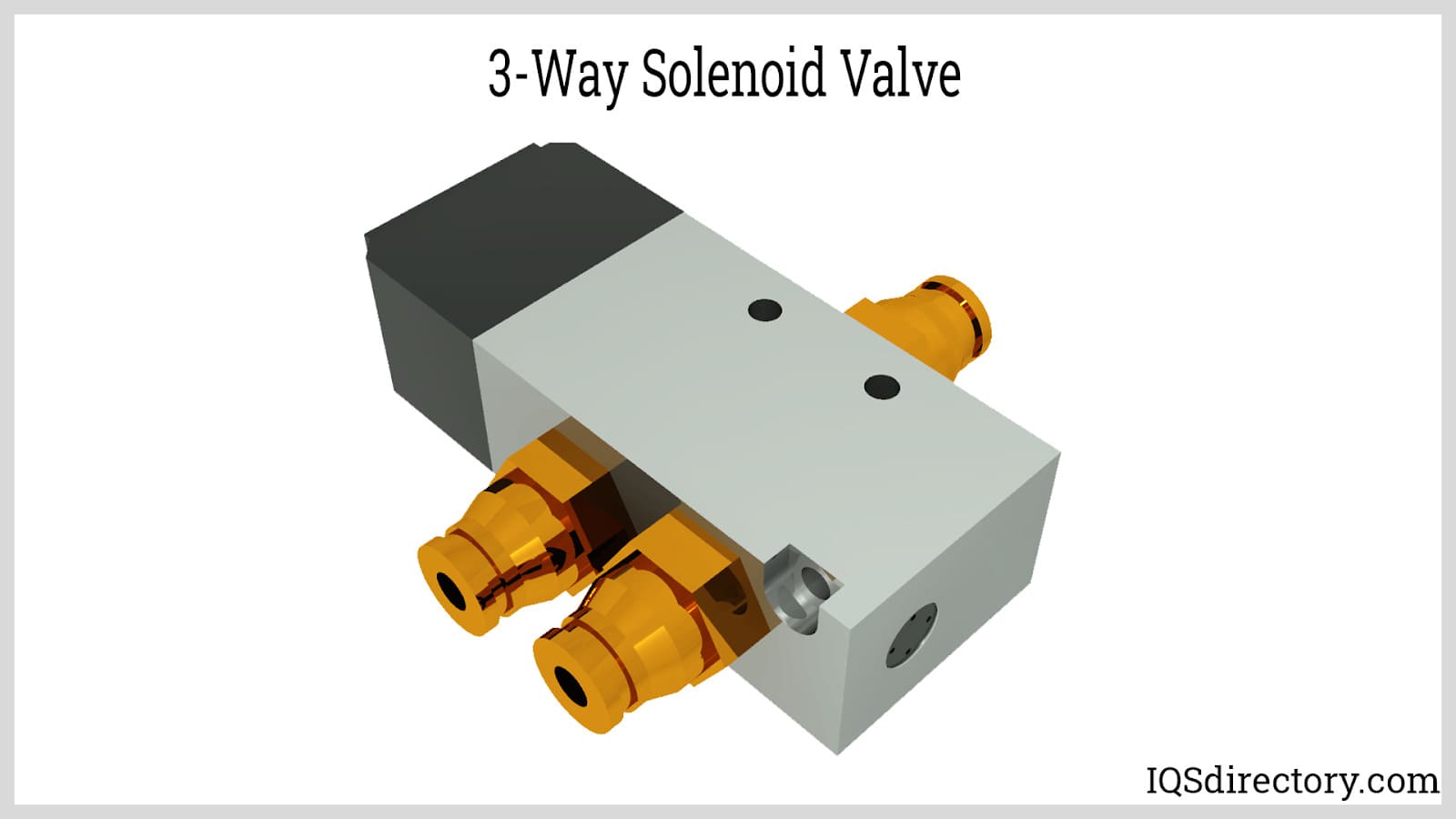
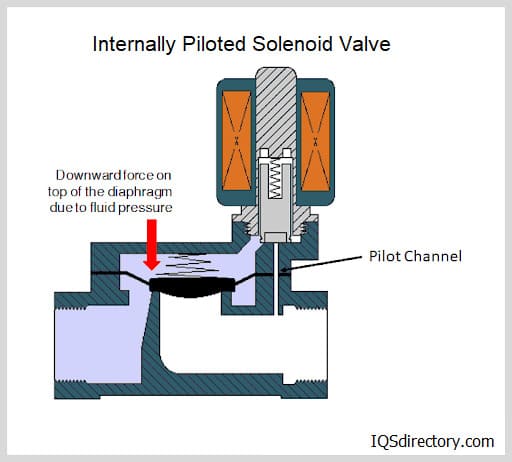
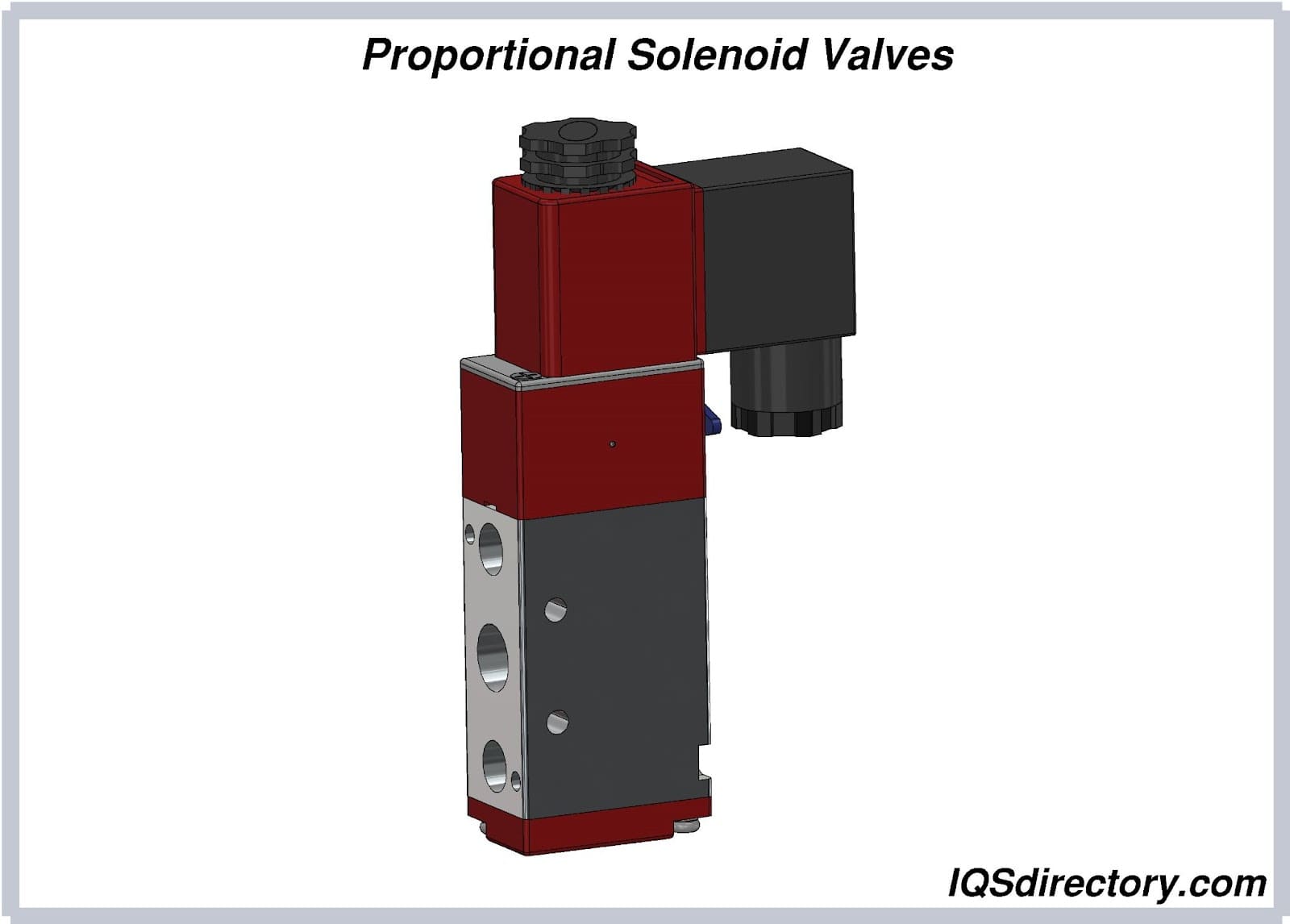
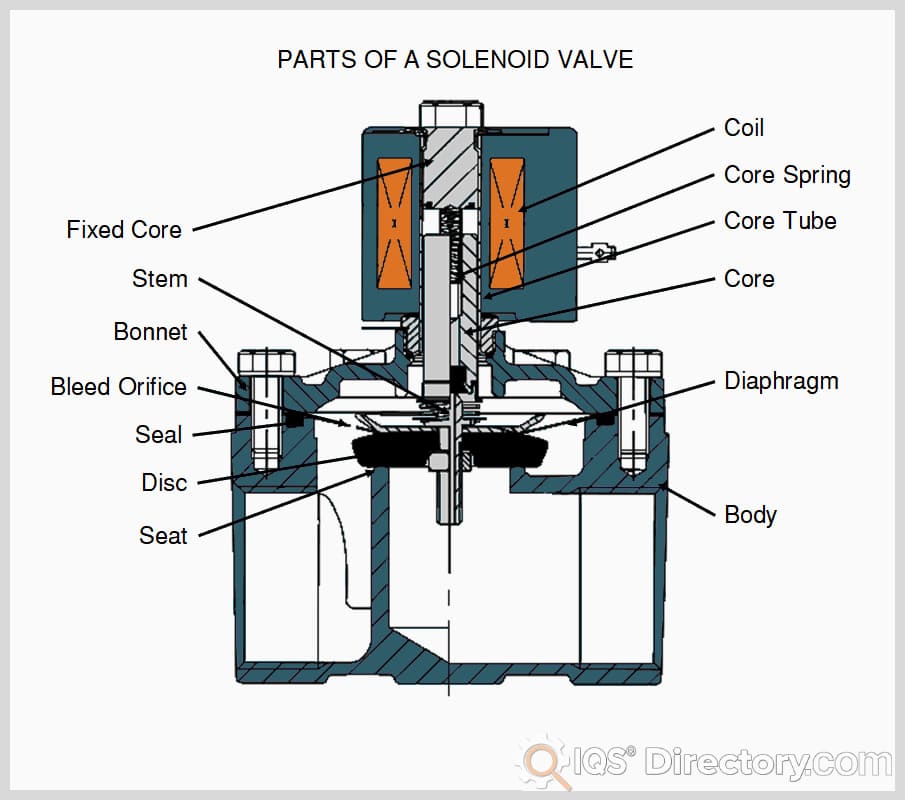
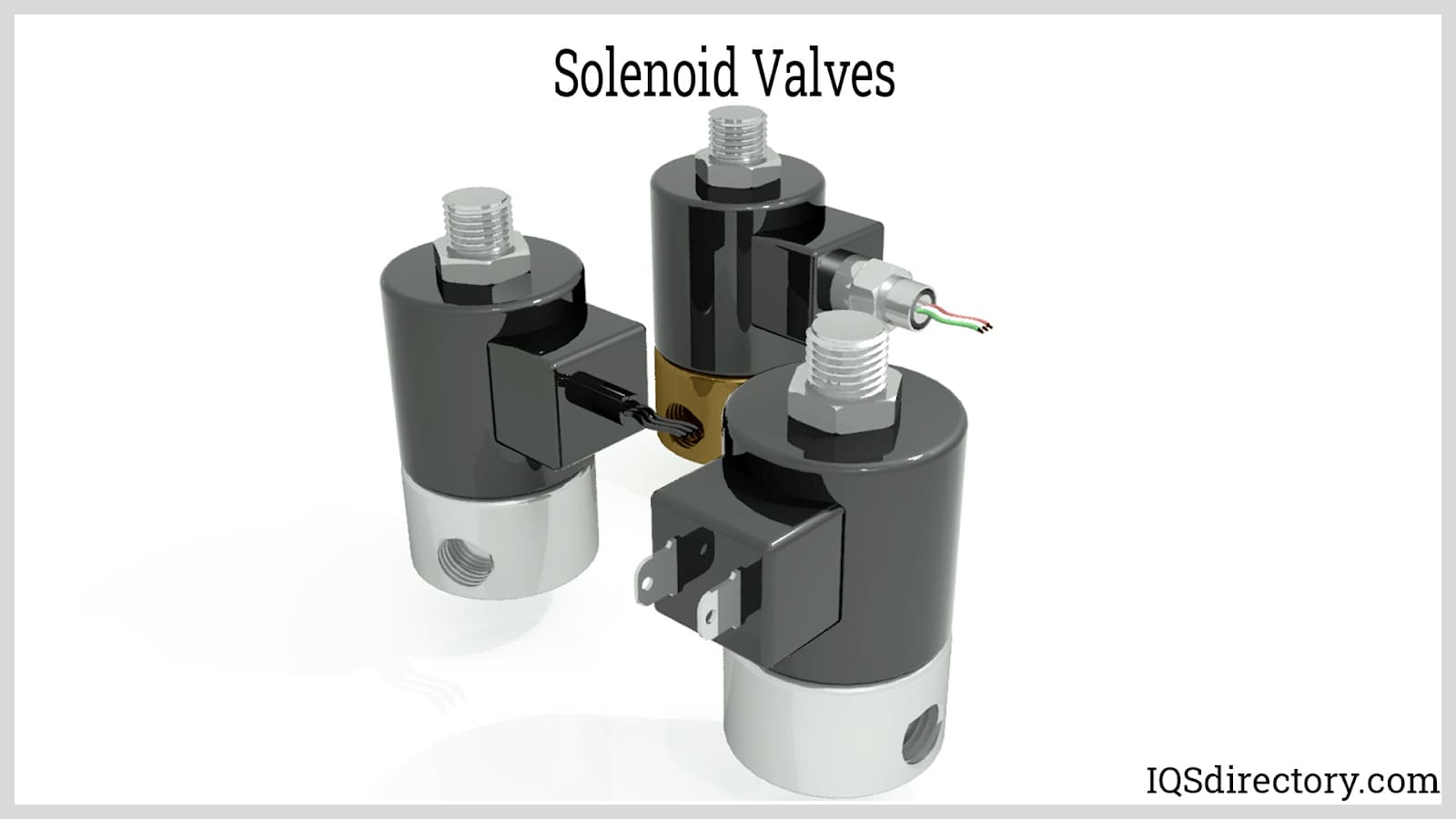
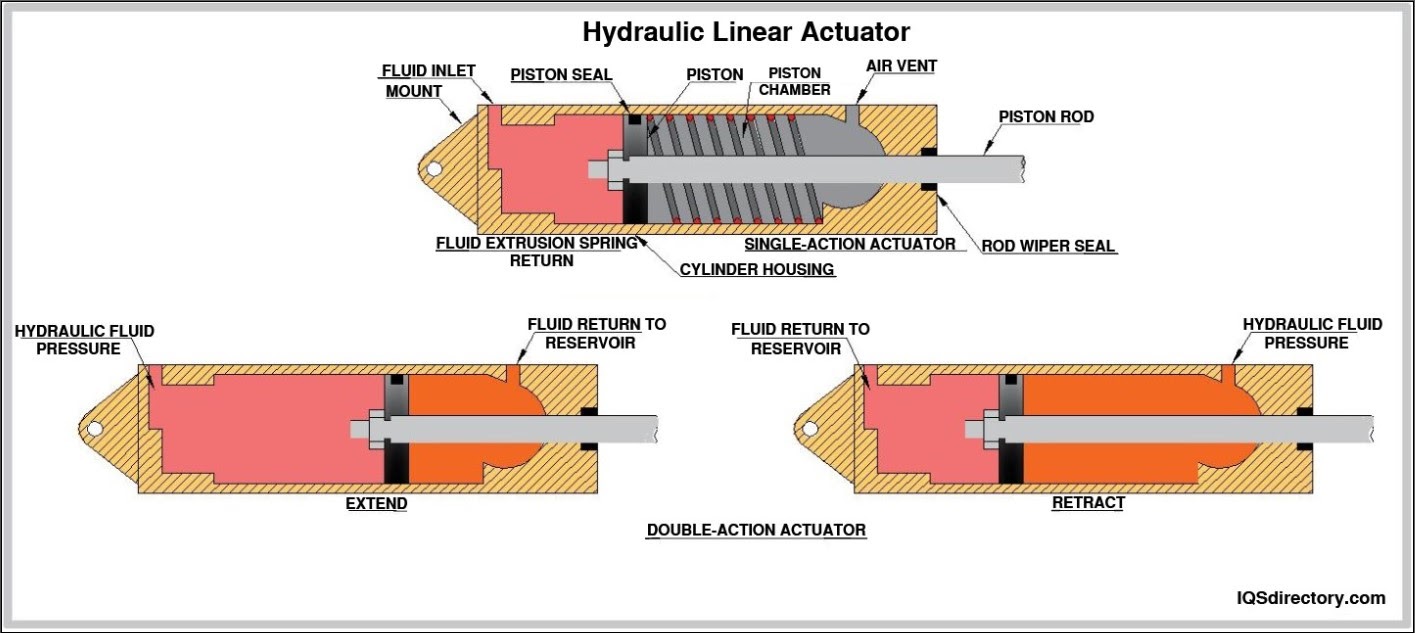
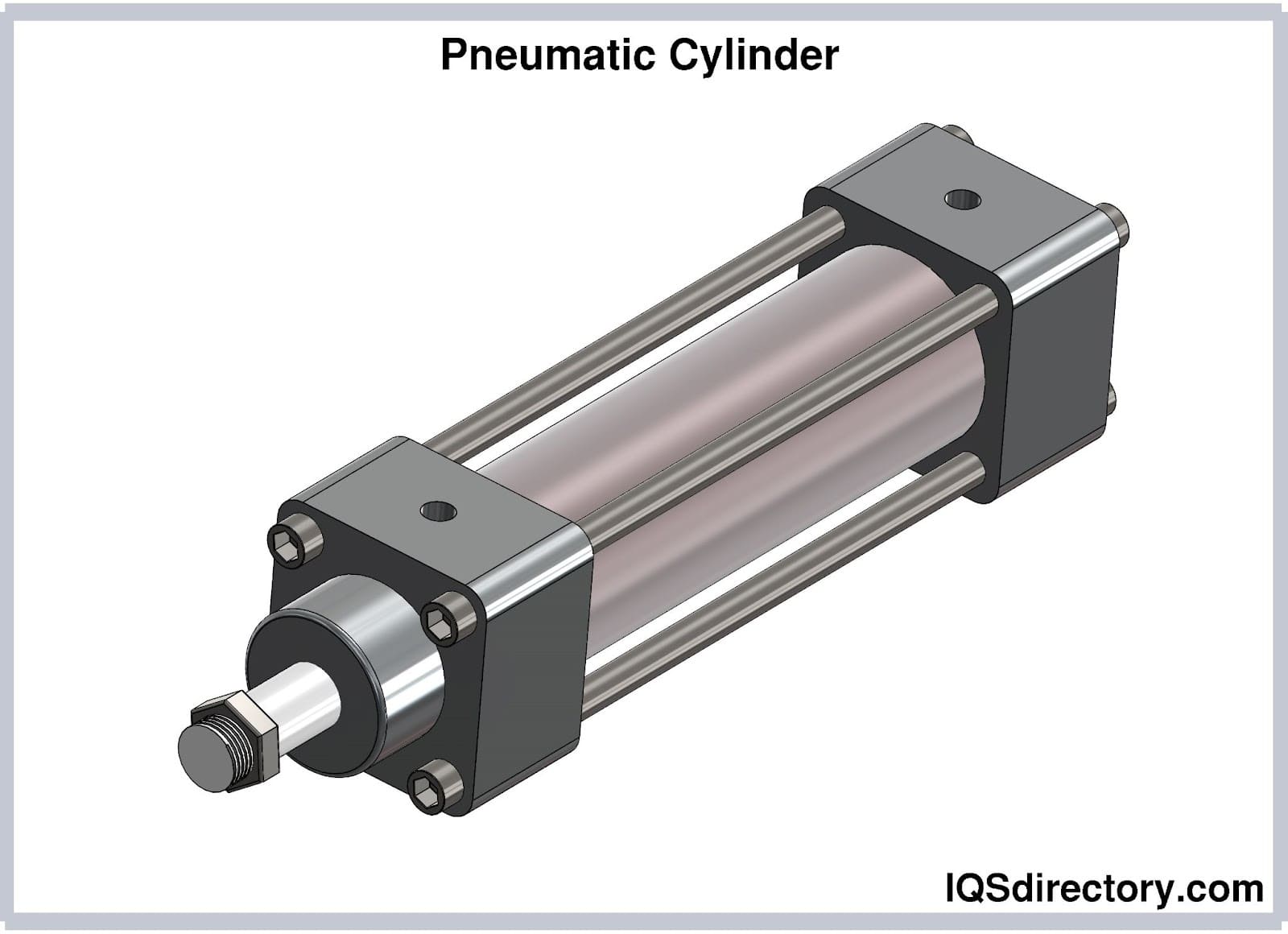
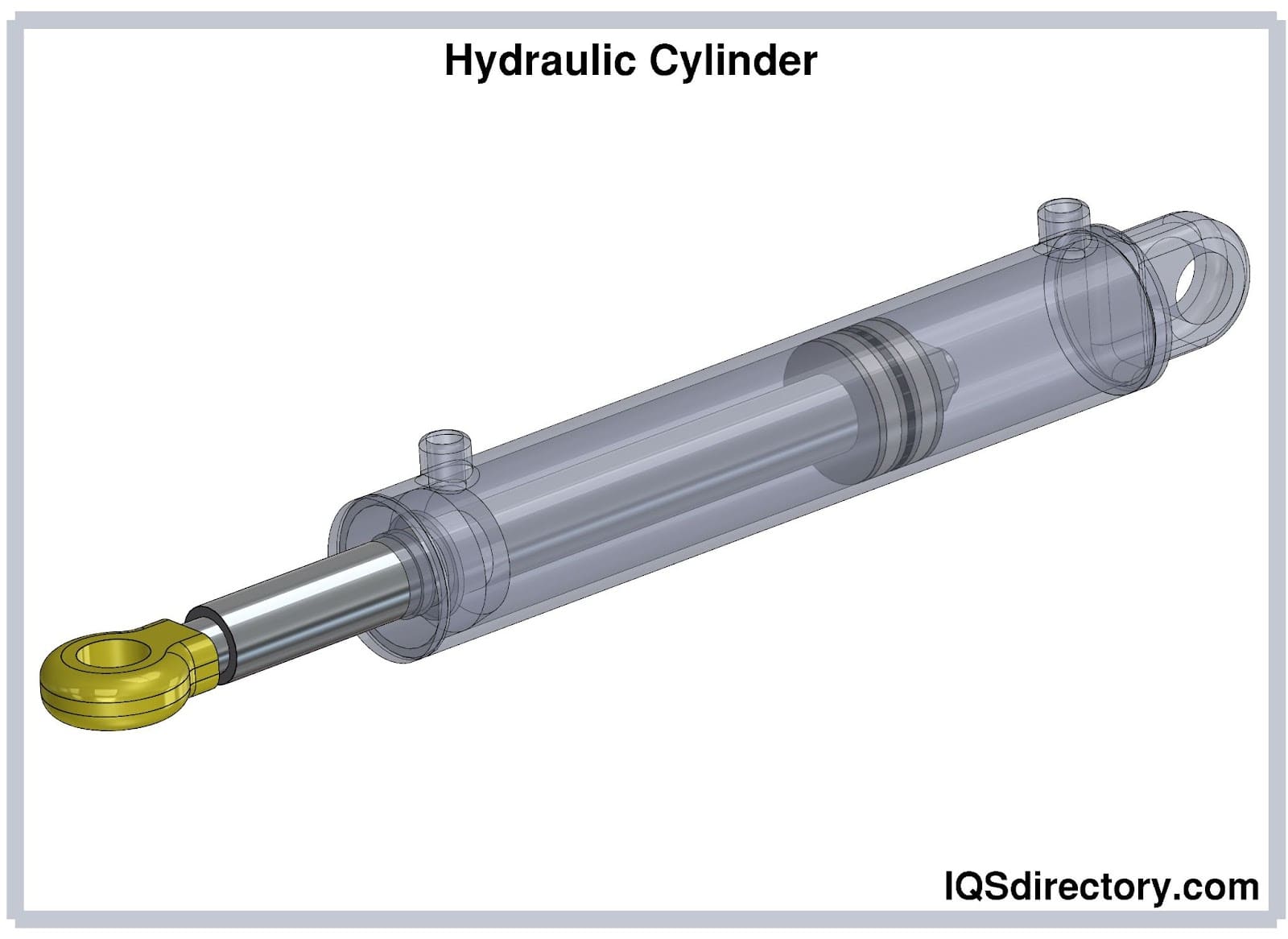
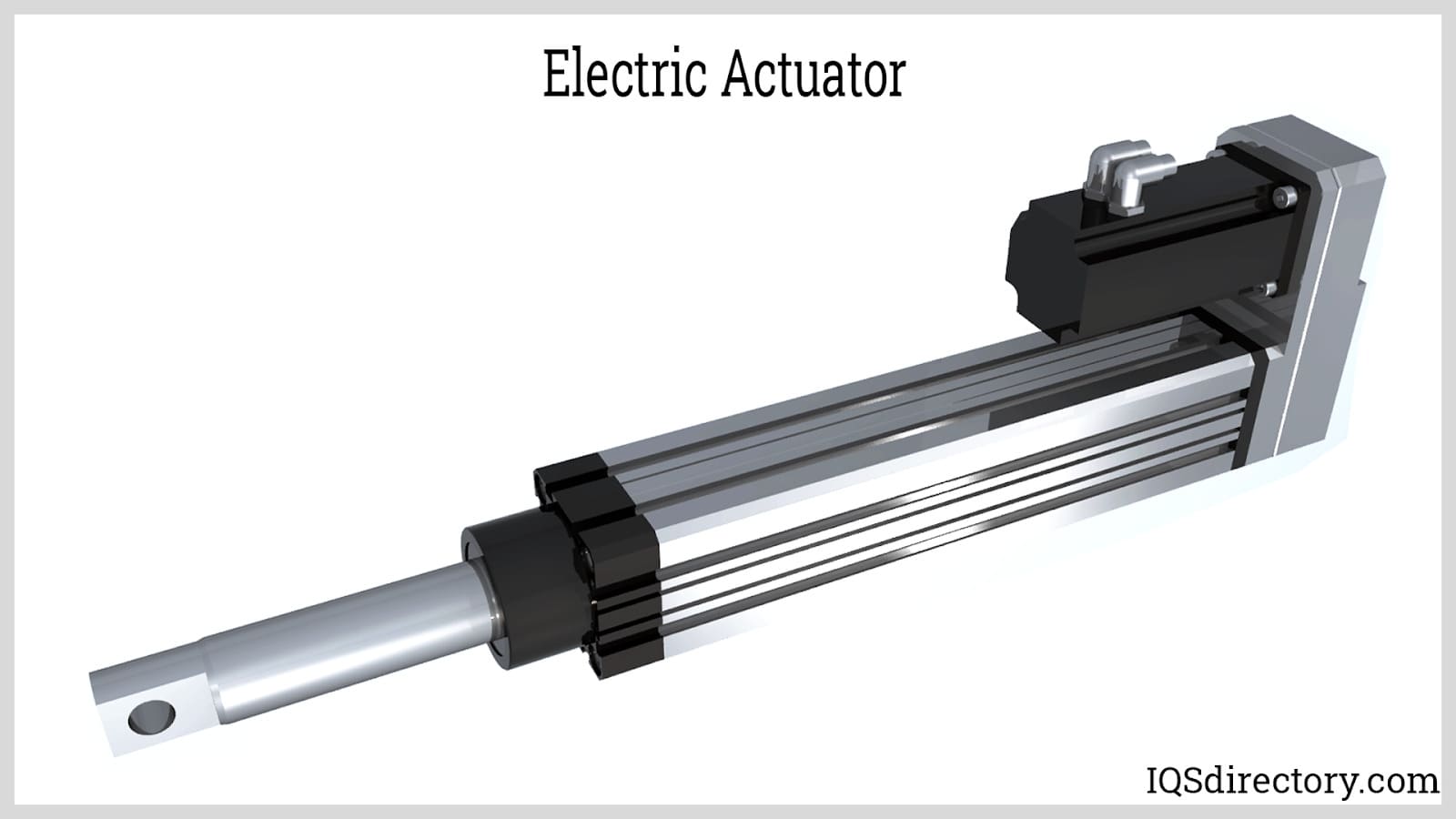
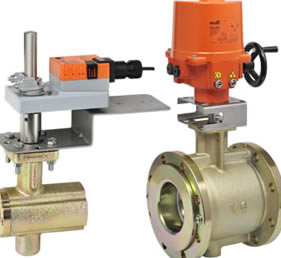 Ball Valves
Ball Valves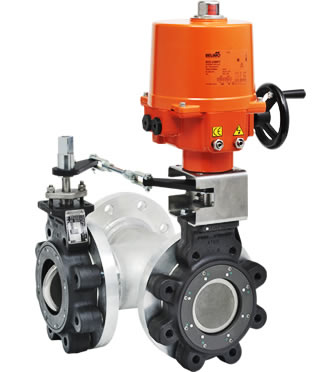 Butterfly Valves
Butterfly Valves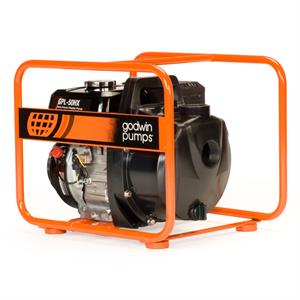 Centrifugal Pumps
Centrifugal Pumps Check Valves
Check Valves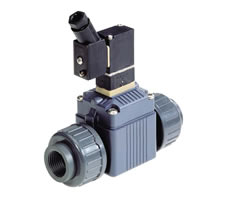 Diaphragm Valves
Diaphragm Valves Flow Meters
Flow Meters Hydraulic Pumps
Hydraulic Pumps Hydraulic Valves
Hydraulic Valves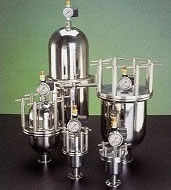 Metering Pumps
Metering Pumps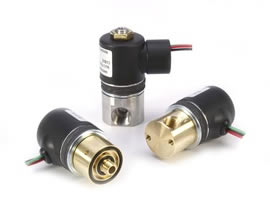 Solenoid Valves
Solenoid Valves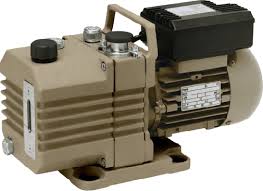 Vacuum Pumps
Vacuum Pumps Castings & Forgings
Castings & Forgings Bulk Material Handling
Bulk Material Handling Electrical & Electronic Components
Electrical & Electronic Components Flow Instrumentation
Flow Instrumentation Hardware
Hardware Material Handling Equipment
Material Handling Equipment Metal Cutting Services
Metal Cutting Services Metal Forming Services
Metal Forming Services Metal Suppliers
Metal Suppliers Motion Control Products
Motion Control Products Plant & Facility Equipment
Plant & Facility Equipment Plant & Facility Supplies
Plant & Facility Supplies Plastic Molding Processes
Plastic Molding Processes Pumps & Valves
Pumps & Valves Recycling Equipment
Recycling Equipment Rubber Products & Services
Rubber Products & Services